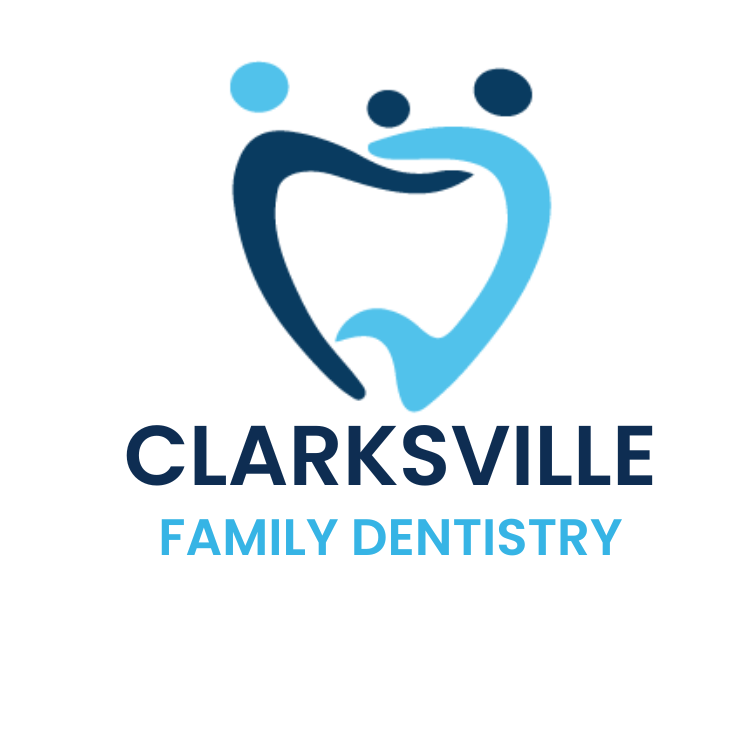
How a Bone Graft Can Help Restore Oral Health
Bone grafting, a transformative procedure, not only enhances dental stability and functionality but also preserves facial aesthetics and structure. By replenishing the density and resilience of the jawbone, bone grafting serves as a cornerstone in revitalizing overall oral health and preparing individuals for various restorative treatments, notably dental implants. Delve deeper into the significance of bone grafts in fostering effective restorative dentistry.
The Necessity of Bone Grafting
Bone grafting emerges as a crucial intervention to address areas of the jaw compromised by oral health issues. When teeth are lost and not replaced, the adjacent jawbone undergoes resorption, leading to diminished bone volume. Within a year of tooth loss, up to 25 percent of bone mass in the affected area can vanish. Through bone grafting, lost bone volume is reinstated, fortifying the upper or lower dental arch and averting further deterioration. Over time, the grafted bone seamlessly integrates with surrounding tissue, becoming an integral part of the jaw structure.
Identifying Candidates for Bone Grafting
Individuals experiencing bone loss in the jaw stand to benefit significantly from dental bone grafts. Common scenarios necessitating bone grafting include the intention to replace missing teeth with dental implants, the need to reconstruct the jaw before denture placement, tooth extraction, or bone loss due to gum disease. Thorough examination and advanced imaging technology aid dentists in identifying areas of bone depletion and planning appropriate interventions.
Understanding the Bone Grafting Process
Bone grafting entails augmenting jaw density and volume in regions affected by bone loss. Surgeons procure bone graft material from diverse sources, including autogenous grafts from the patient’s own body, xenografts from animal tissue, or allografts from human donors. Synthetic materials may also serve as grafting agents in select cases. Platelet-rich plasma (PRP) therapy, involving the application of concentrated plasma derived from the patient’s blood, may complement bone grafting, fostering accelerated healing and tissue regeneration.
Post-Graft Dental Restorations
Following complete recovery from bone grafting, individuals proceed with subsequent restorative treatments. Dental implants, securely anchored in the revitalized bone, offer enhanced stability and longevity. Those opting for removable dentures benefit from a solid foundation provided by bone grafting, ensuring optimal comfort and functionality. Prioritizing bone health is paramount for individuals seeking enduring dental restorations that withstand the test of time.
